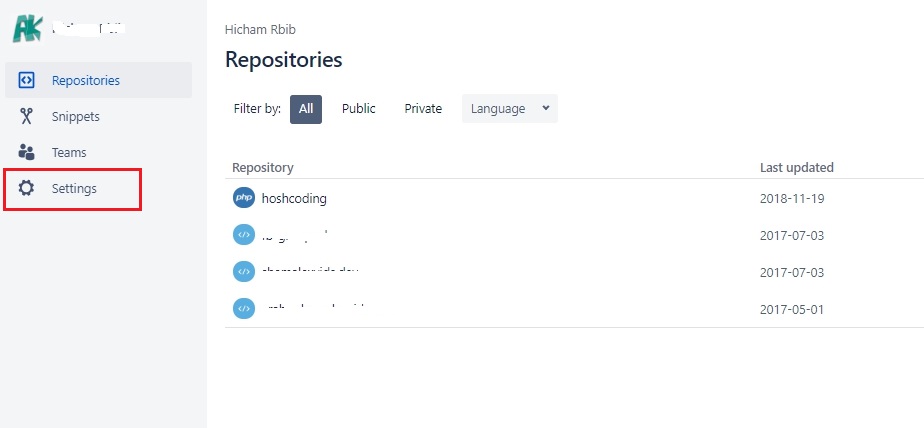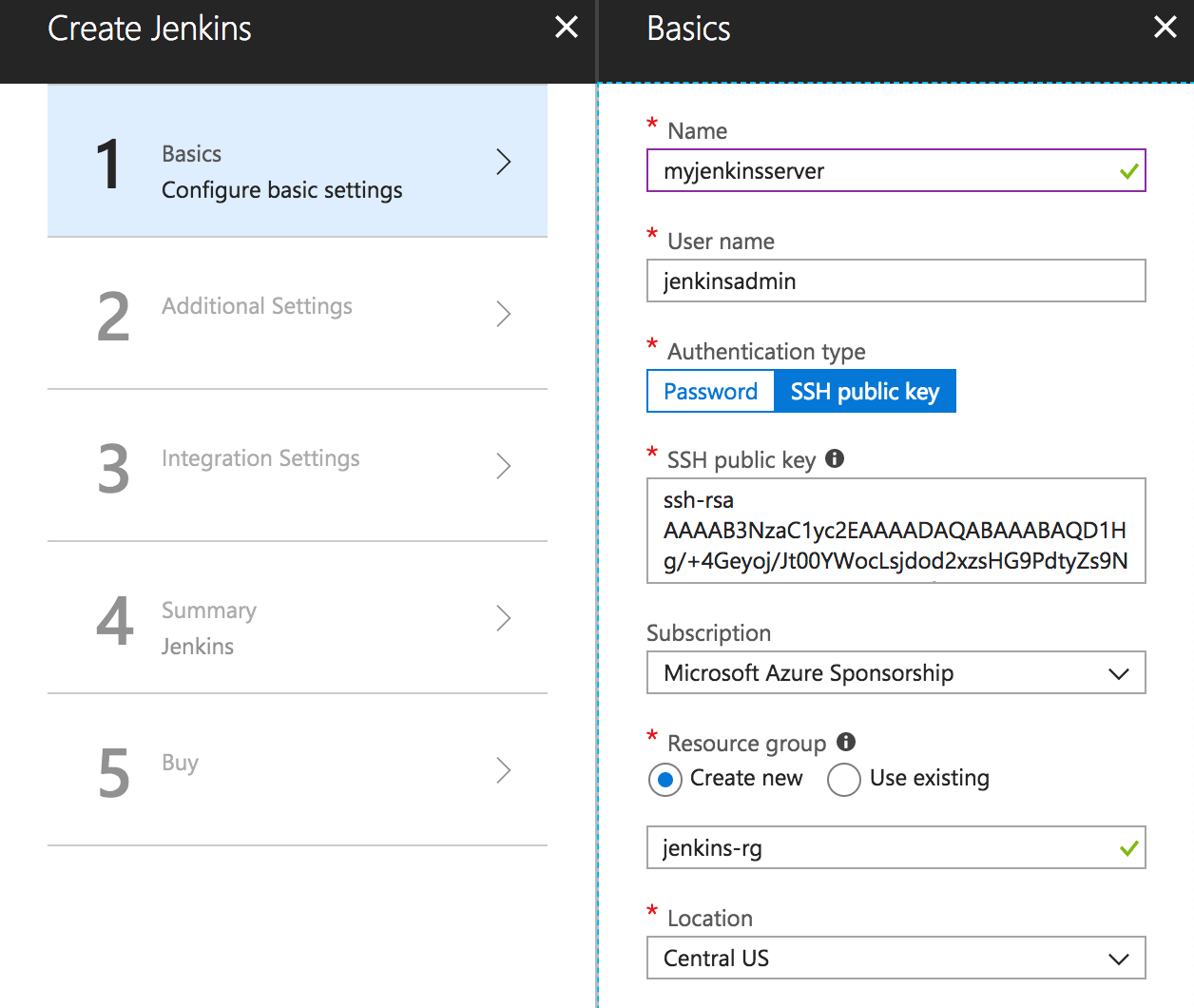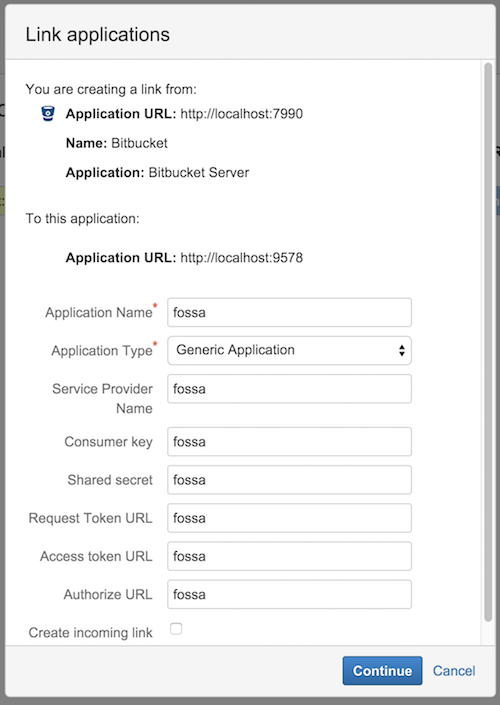

Xcode -> create new xcode project with same name.BitBucket A/C -> create repository on bitBucket account.Terminal -> cd (change directory with directory).Terminal -> mkdir (create directory with ).Terminal -> cd ~/Documents (Paste your APPLICATION base directory path).Setup Bitbucket Repository (Command Line with Mac) Create New APPLICATION from starting with local reposity : when changing computers), just follow the steps to create and register a new one. Your keys aren’t just for Git either, many services use ssh keys to identify users, and the best part is you only need one. That’s it! You should now be able to push/pull to your BitBucket private repos. Click Add SSH Key, give it a name, and paste the public key you copied in step 4 of the previous section.Go to the SSH Keys tab on the left sidebar.Log in to your BitBucket account, and on the top right, click your profile picture and click Settings.to /putty/ssk-key.ppk and /putty/ssh-key.pub respectively) before moving on to the next section Click Save private Key and Save public key to save your keys to wherever you choose (e.g.Copy the public key (highlighted in blue) to your clipboard You should get something like whats shown in the screenshot below. In the popup window, click Generate and move your mouse around to give randomness to the key generator.Select Tools> Create or Import SSH Keys.


in your BitBucket repo, choose “Clone” on the top-right.Using the instructions from Atlassian, simply create a new BitBucket repository, copy the repository url to the clipboard, and then add that repository as a new remote to your local repository (full steps below): It seems like for BitBucket, you do have to create a repo online first. (updated on 3-29-2019 to use the https instead of ssh, so you don’t need to use ssh keys)


 0 kommentar(er)
0 kommentar(er)
